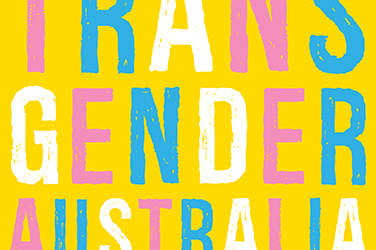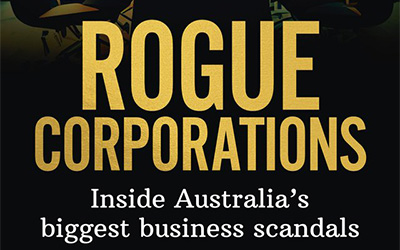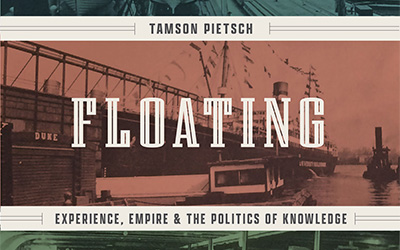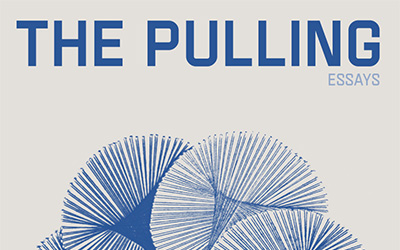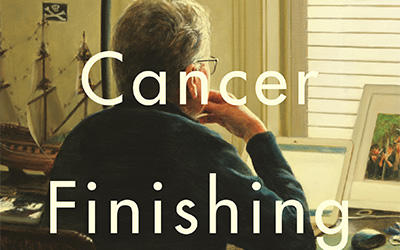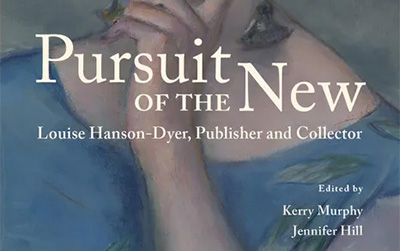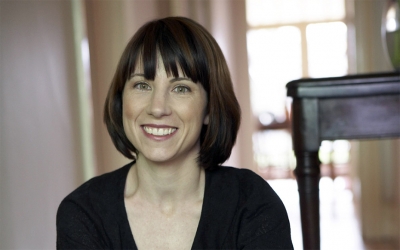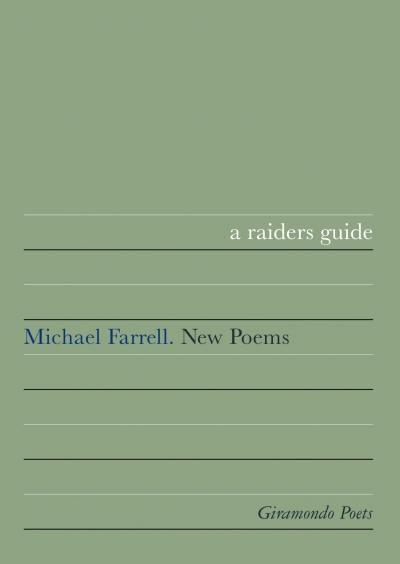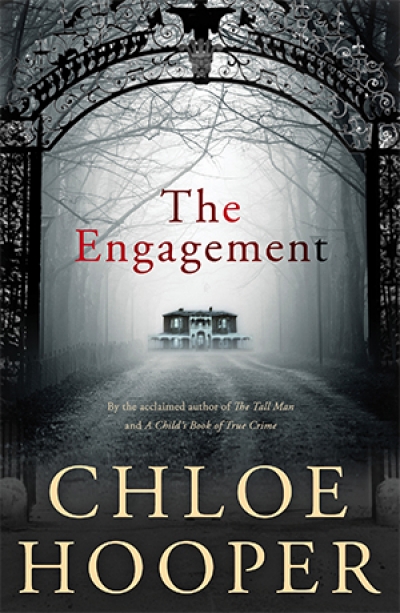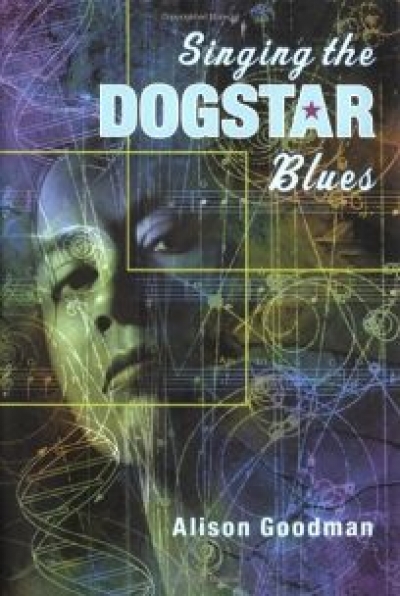April 2009, no. 310
Michael Farrell’s a raiders guide has no page numbers and no index, indicating that it is to be read as one. Farrell’s work, like that of the Language poets, draws attention to language itself rather than emphasising content or emotion: that is, language is at least temporarily estranged from meaning. Yet, like most attempted definitions, the same could be said of most poetry. Farrell’s work follows in a line from Mallarmé, some Futurist and Dadaist poets, Gertrude Stein and James Joyce, and more recent Language poets such as Ron Silliman and Bob Perelman. While another Melbourne ‘experimental’ poet, ΠO, often emphasises through vocal performance the component parts of words, Farrell illustrates this visually, often using some self-imposed constraint that calls for repeating lines and words that, in turn, break up until poems almost bubble into a centrifugal chaos. As in the language of text messaging, abbreviated words are nevertheless usually clear.






